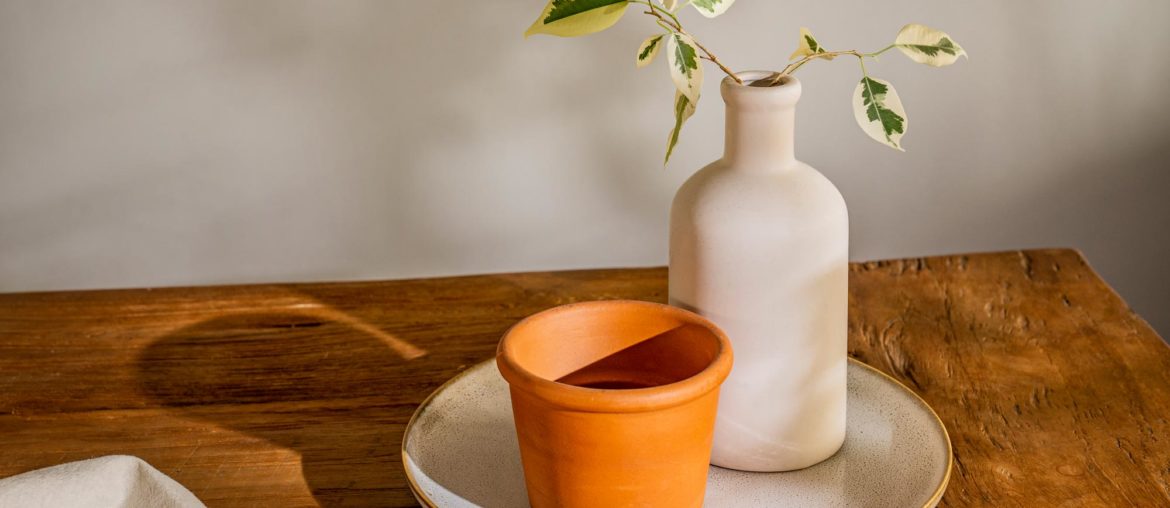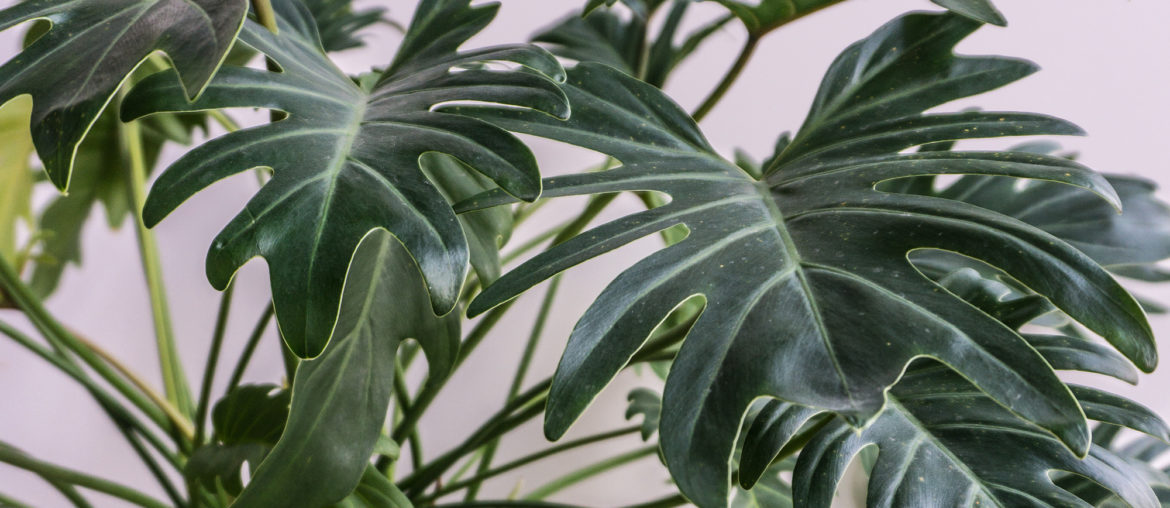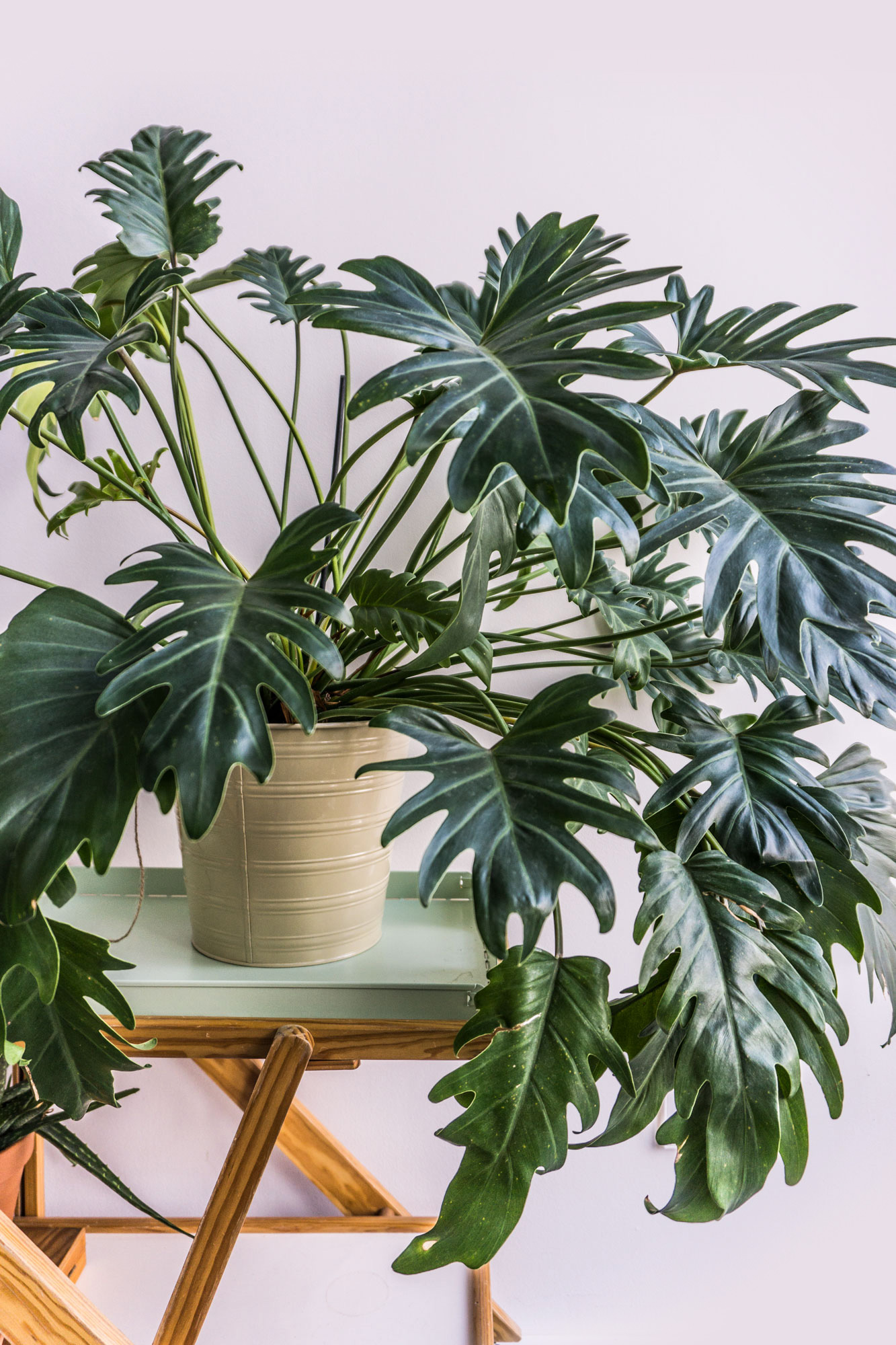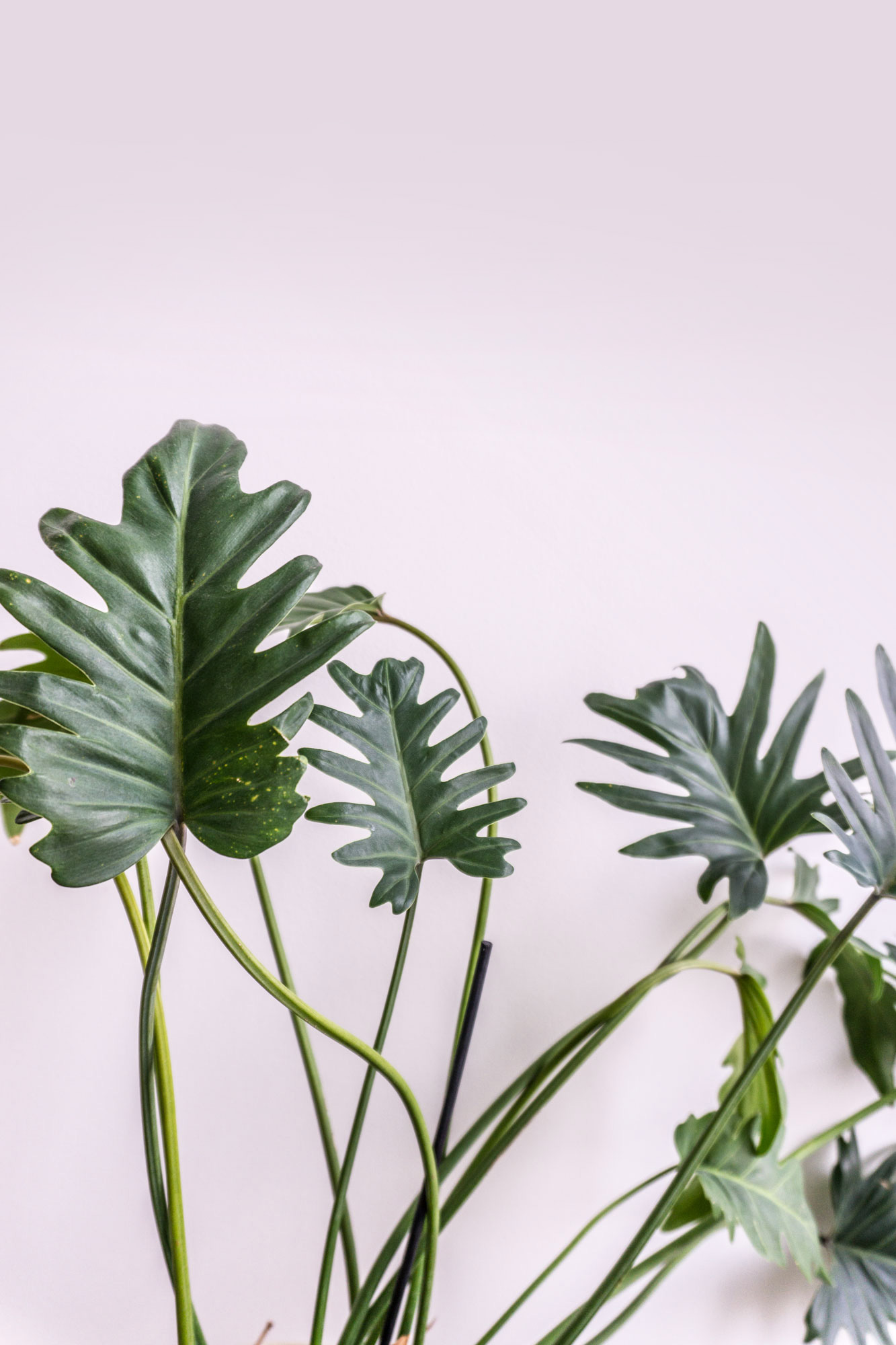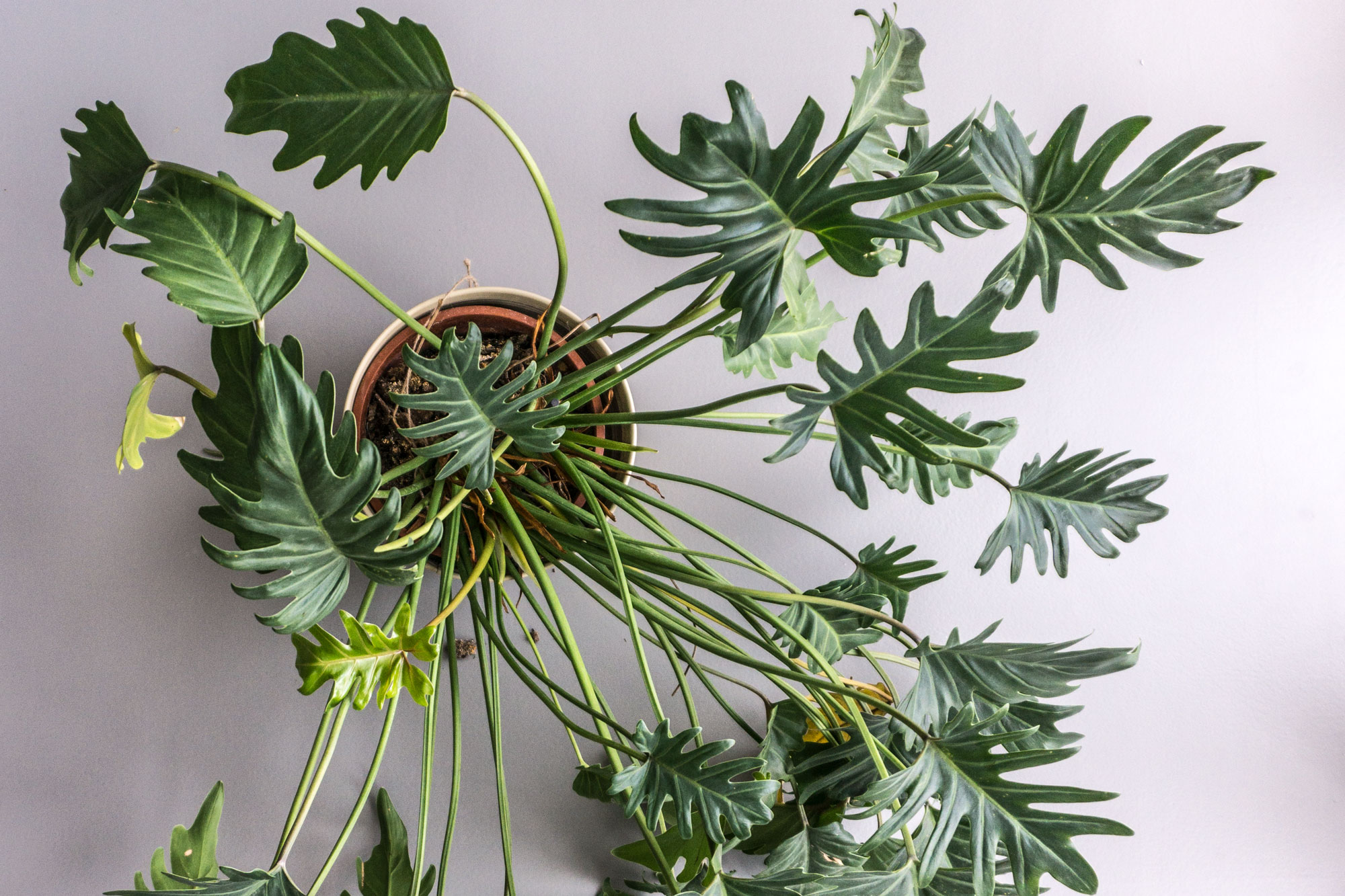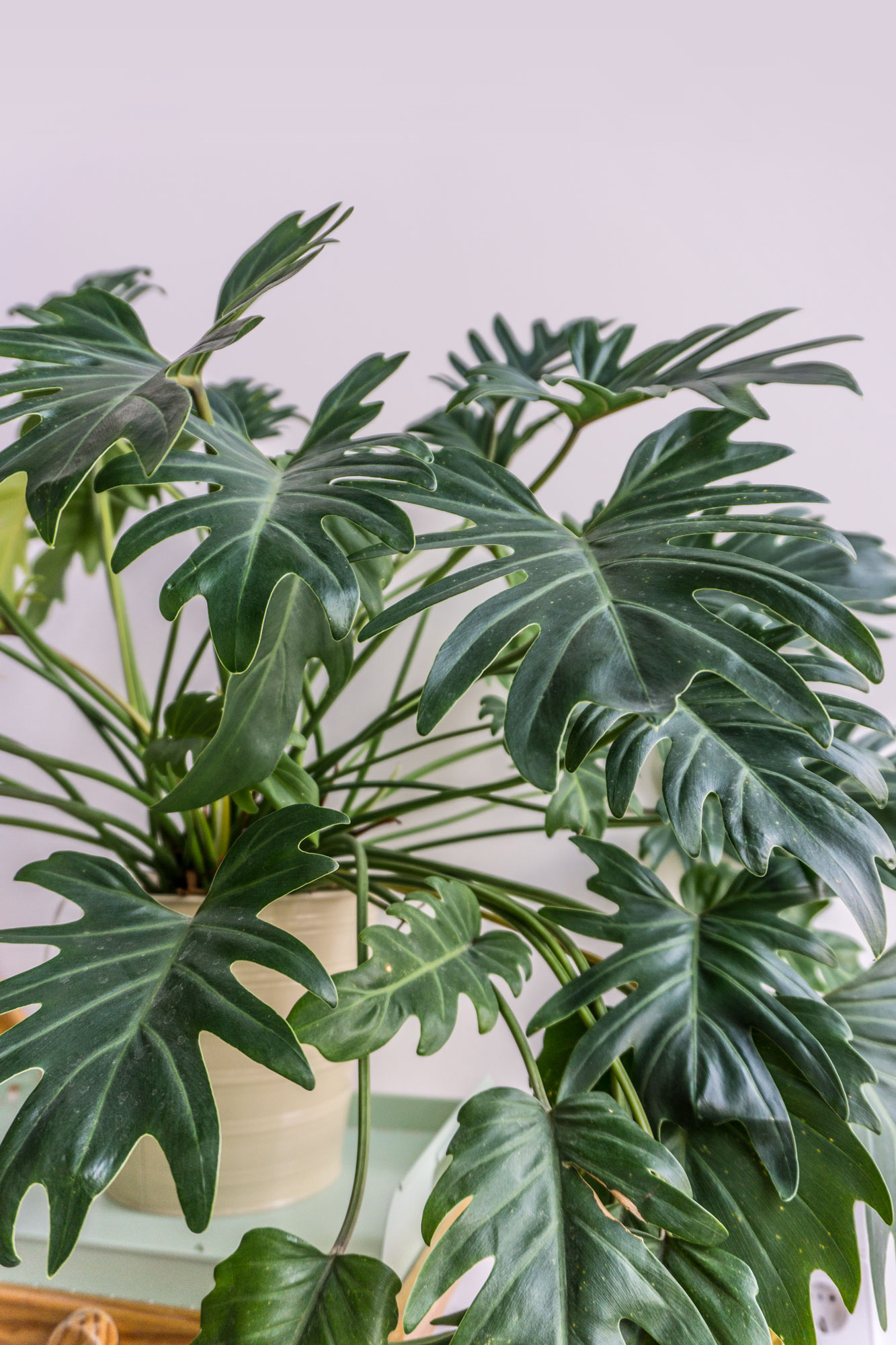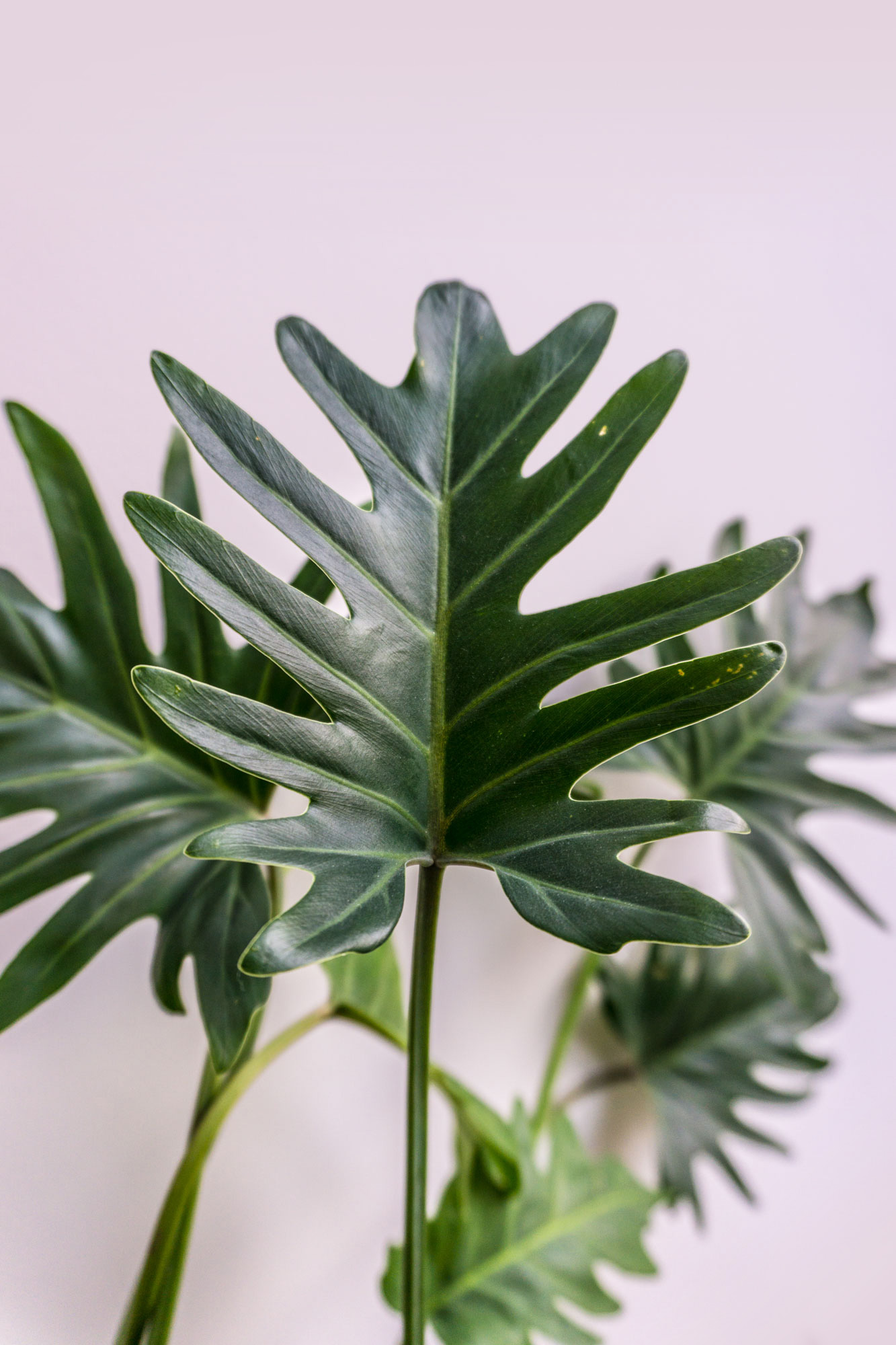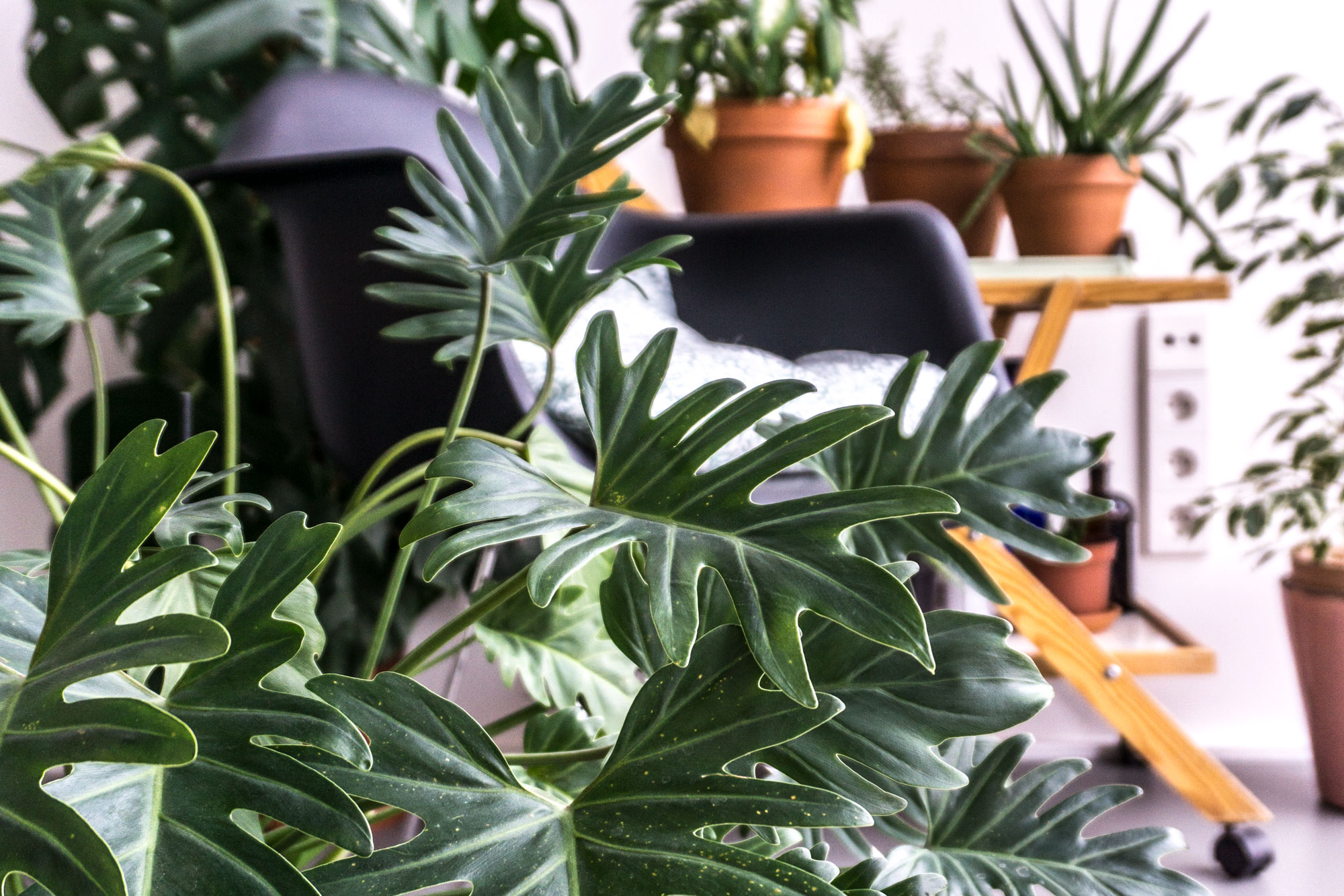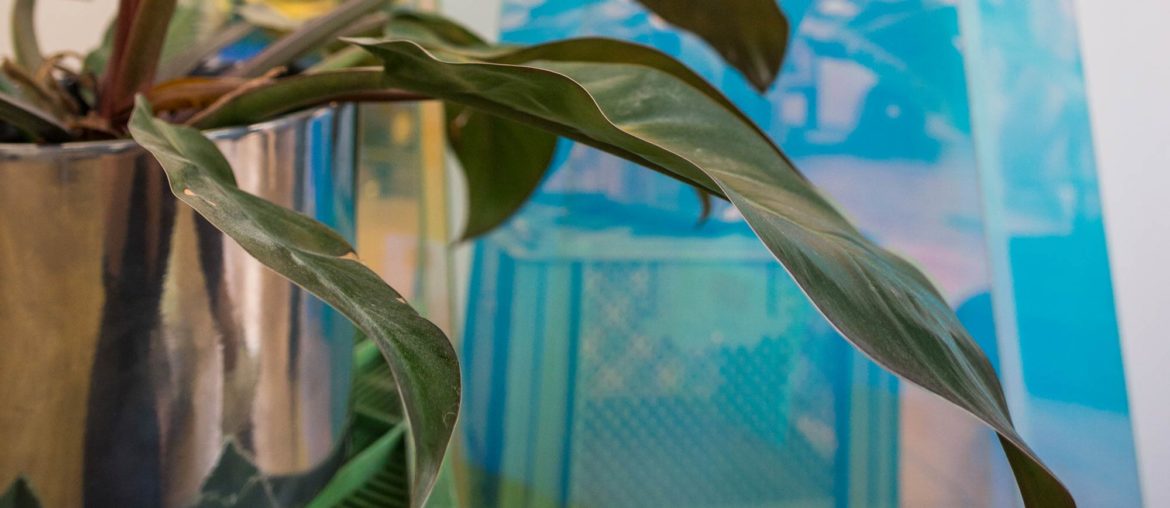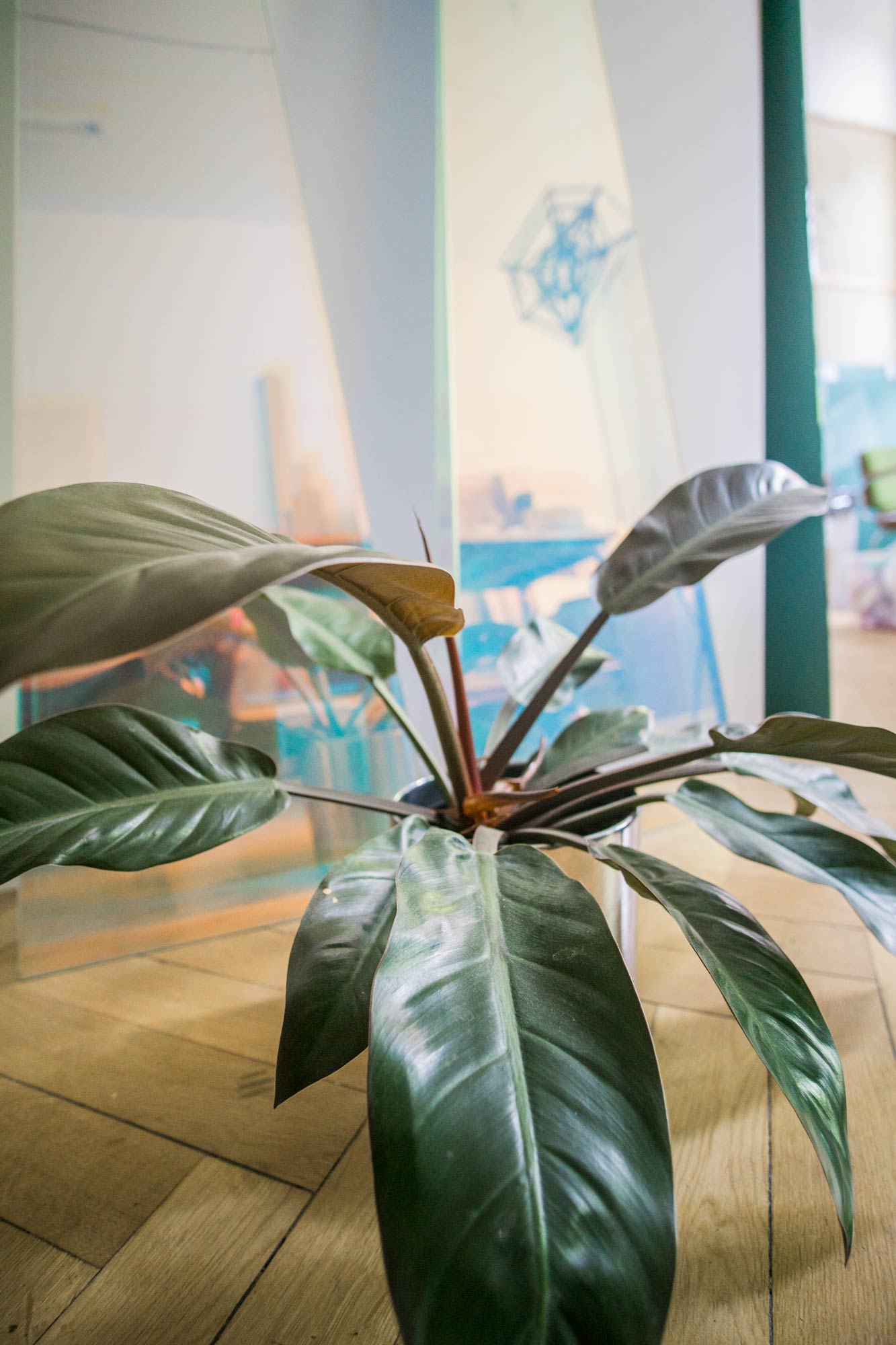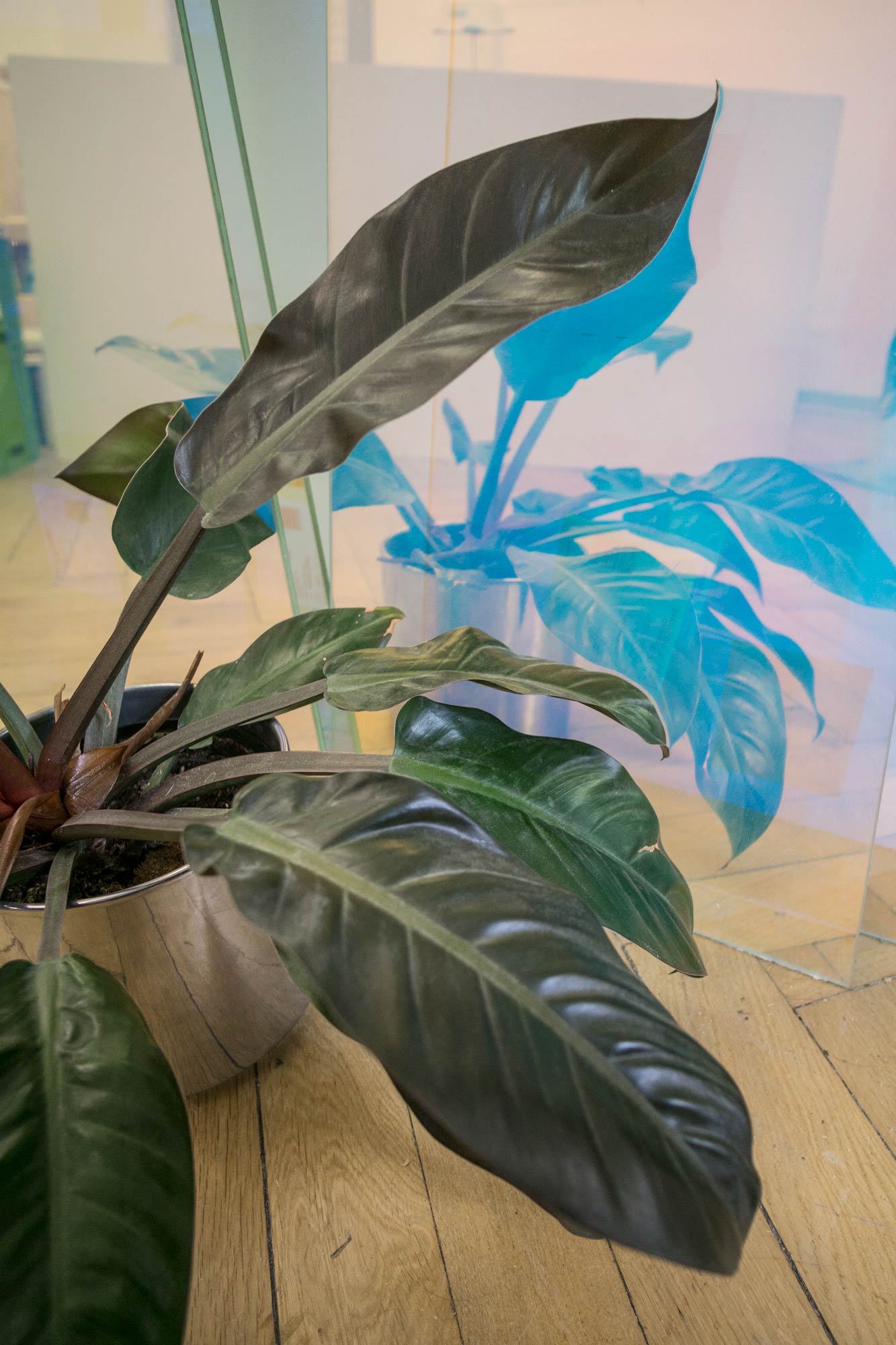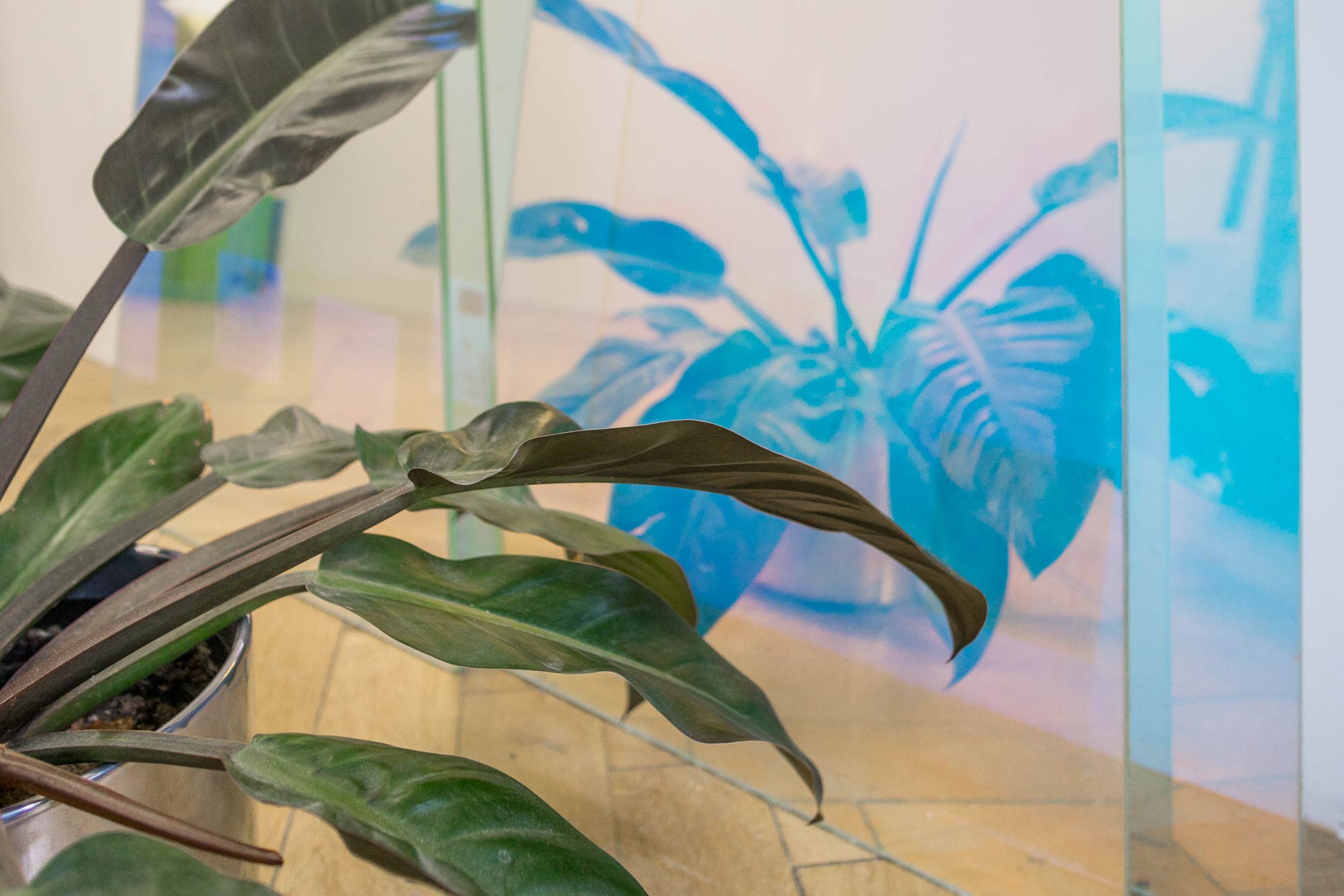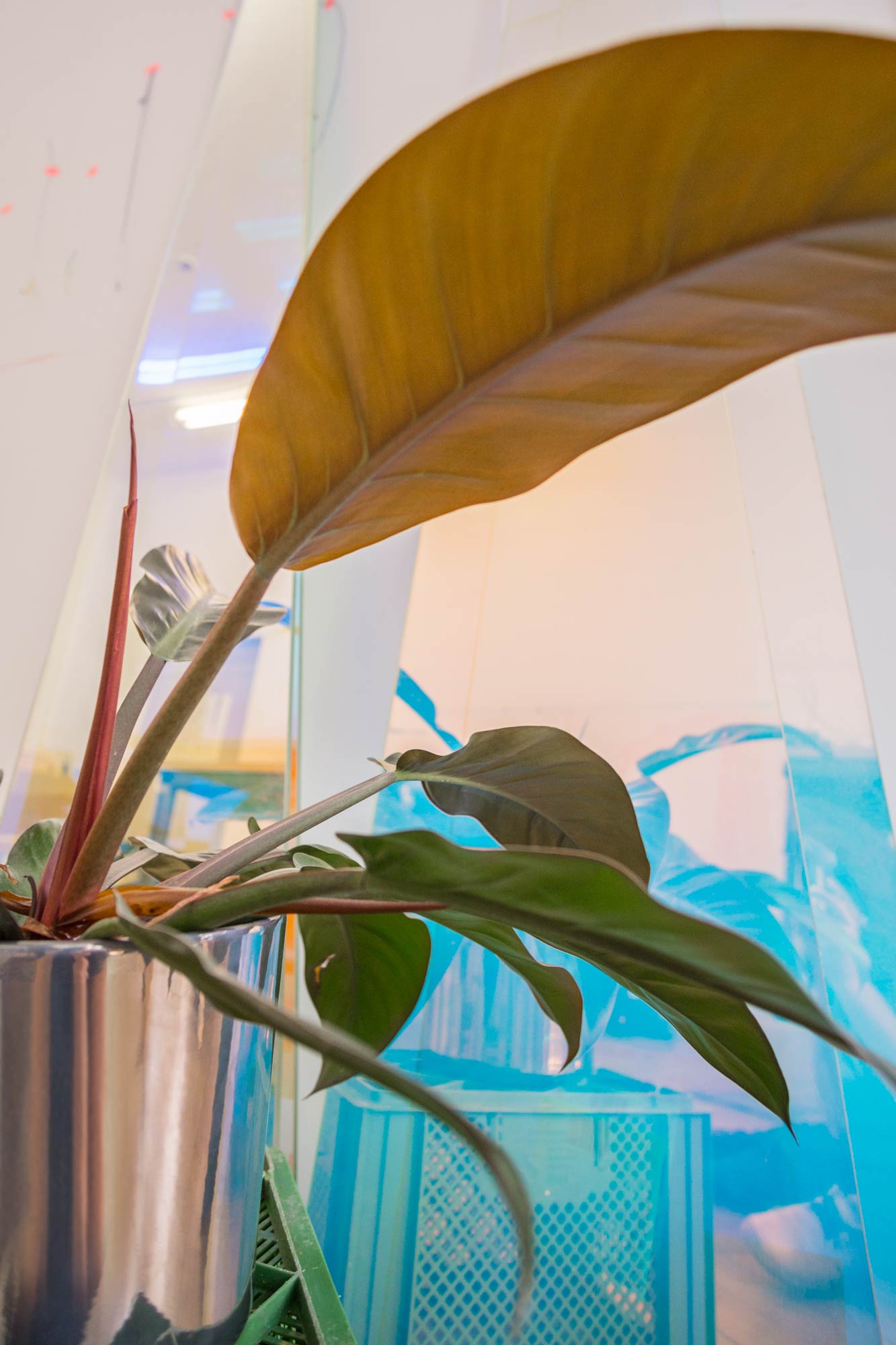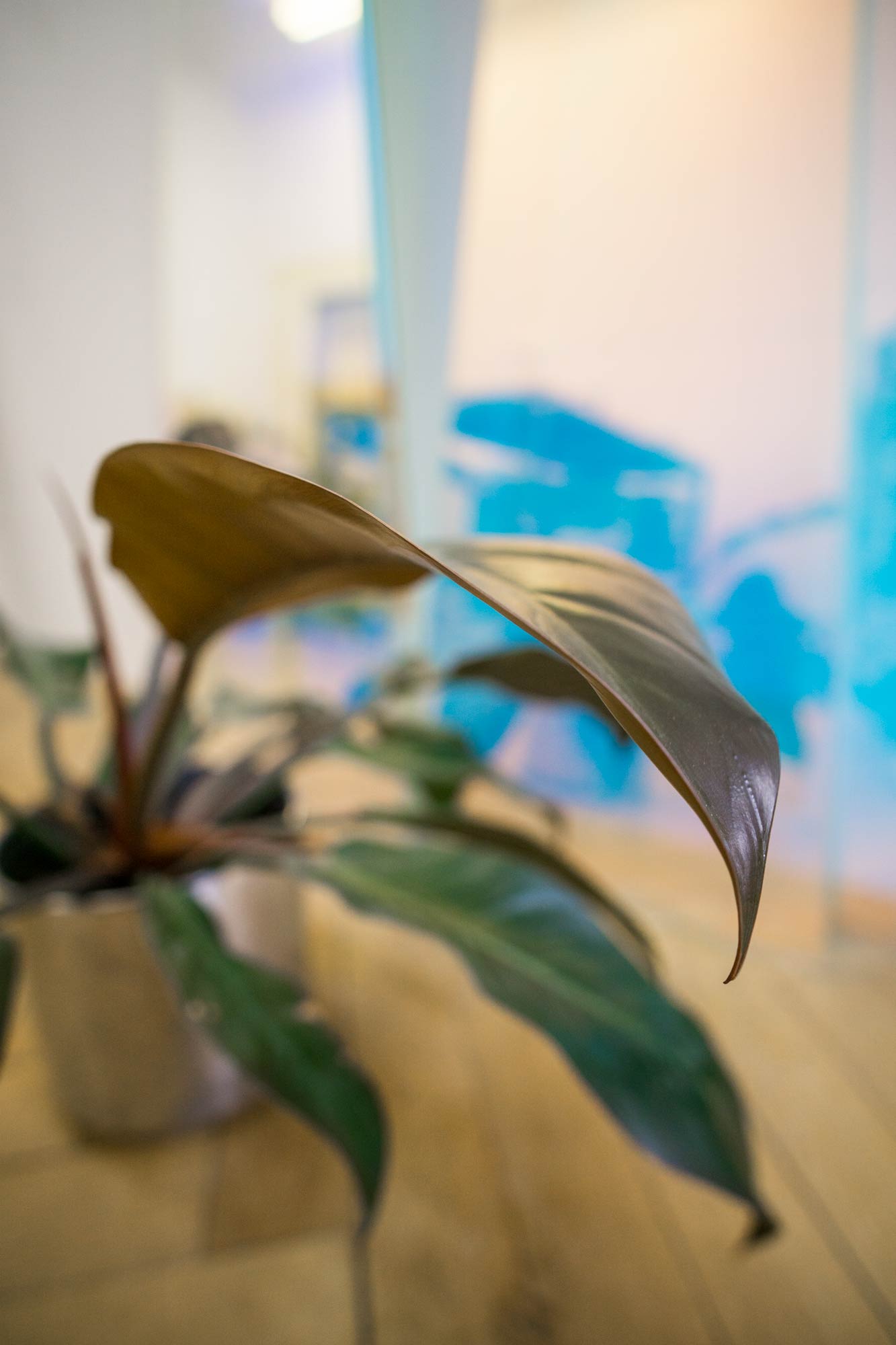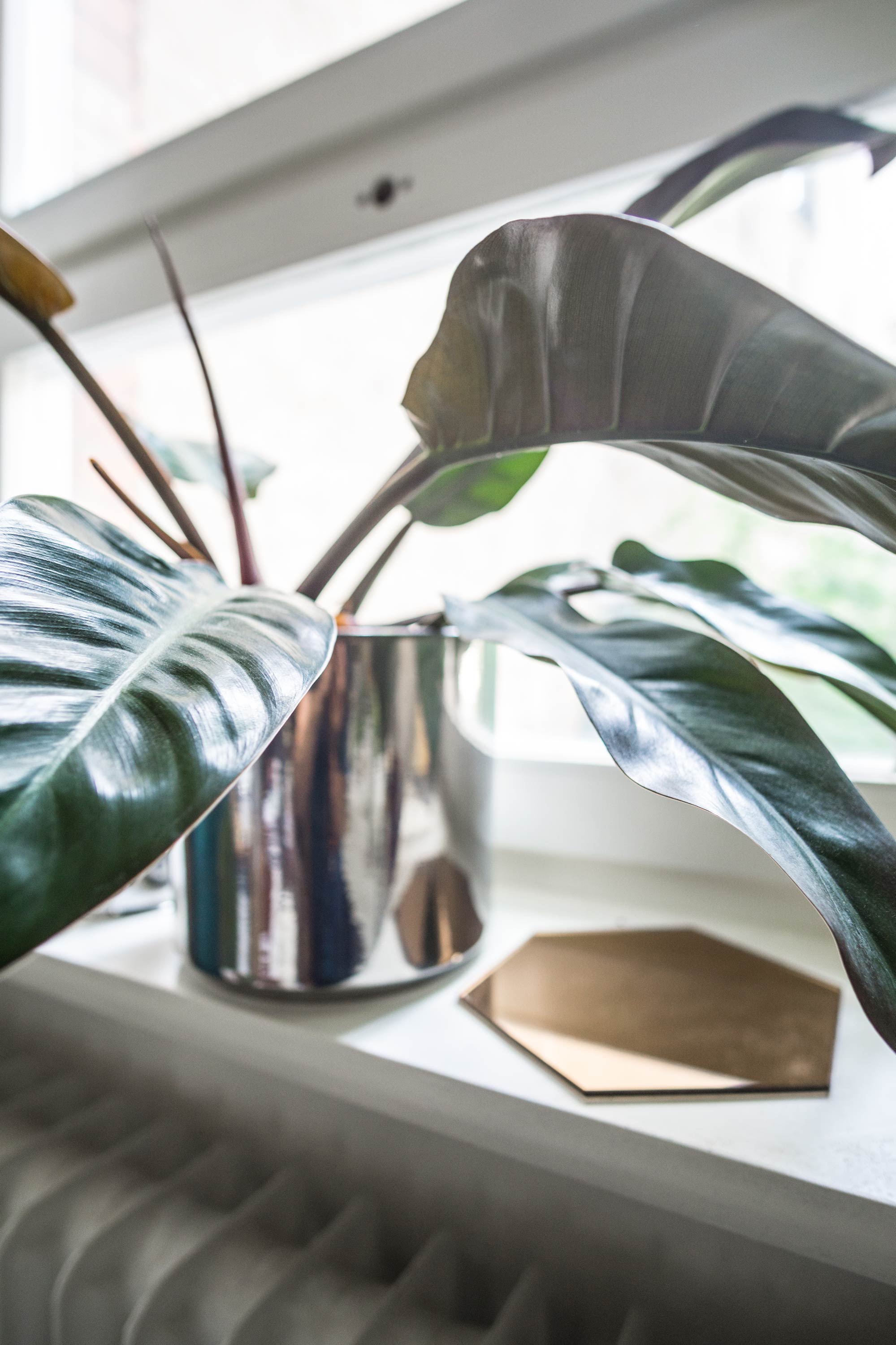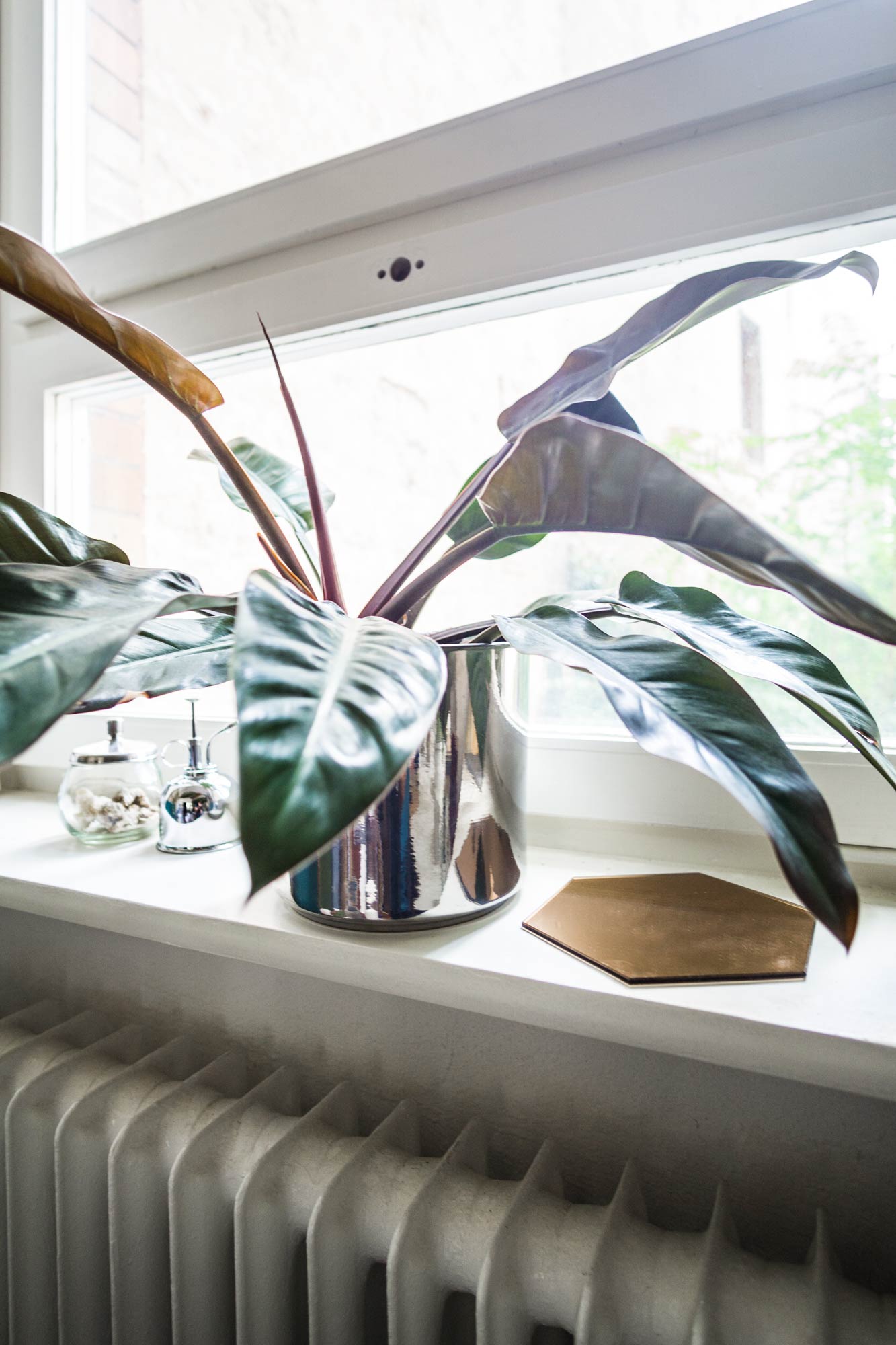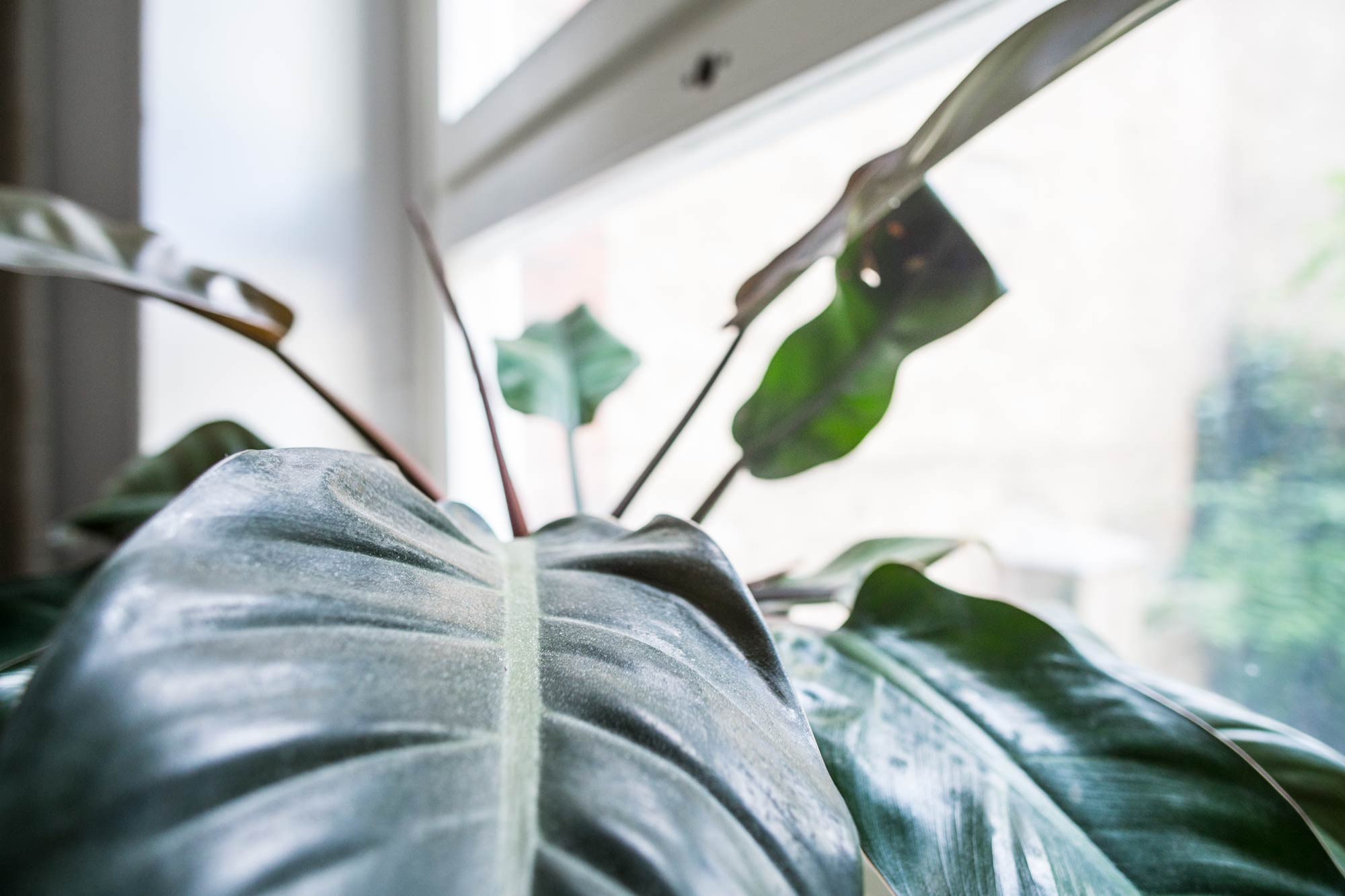The Weeping Fig
With the cheerless winter lingering on, we’ve been enjoying the company of our leafy friends at home and so the choice for this week’s houseplant post was as much inspired by it’s personality as by its name.
The Weeping Fig is a handsome character; it’s downward drooping branches and glossy pointed leaves giving it a moody charm. And with the whole of Berlin still gloomy and grey, the weeping fig is both a splash of happy greenery as well as a reminder of the melancholy of winter.
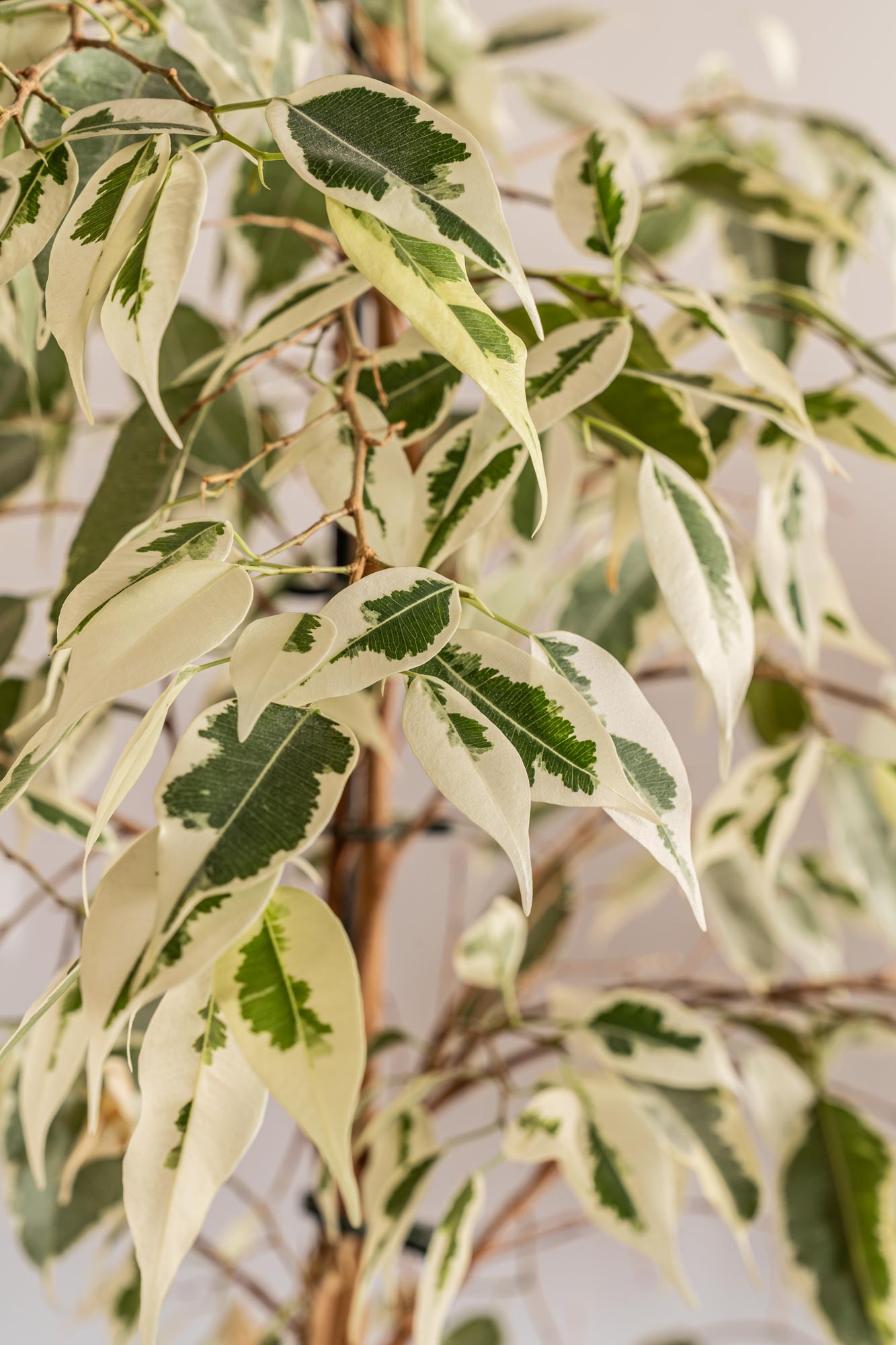
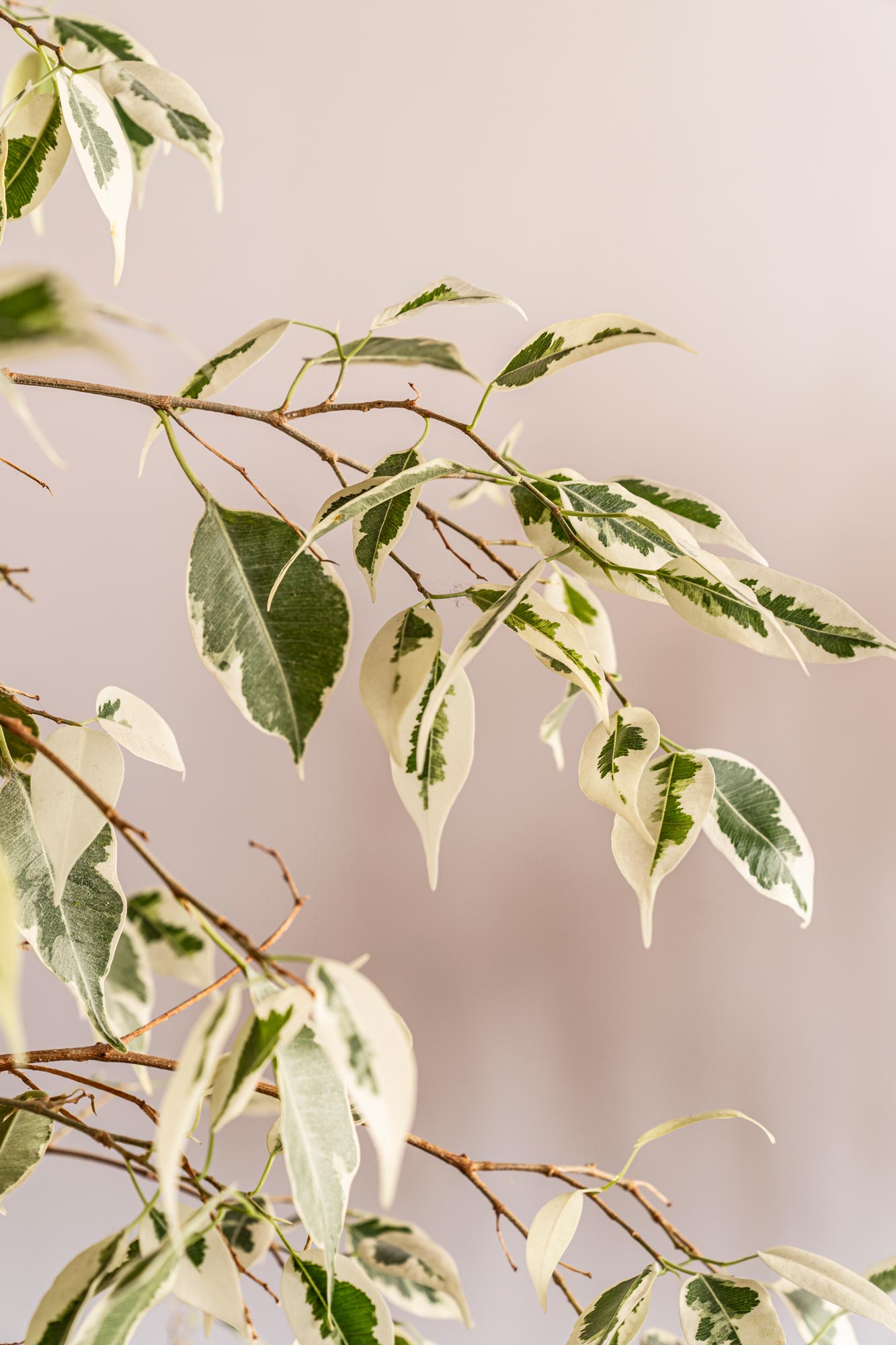
The Benjamina (as it’s scientifically called) is part of the ficus genus and a popular choice for a houseplant, due to its relative ease in care. The reason I call it moody is because this beautiful tree can be quite temperamental. The weeping fig is rather intolerable of disturbances, and will quickly shed all of its leaves if you dare to move it. A protesting tree can look rather bare and dull, as if winter has found its way indoors.
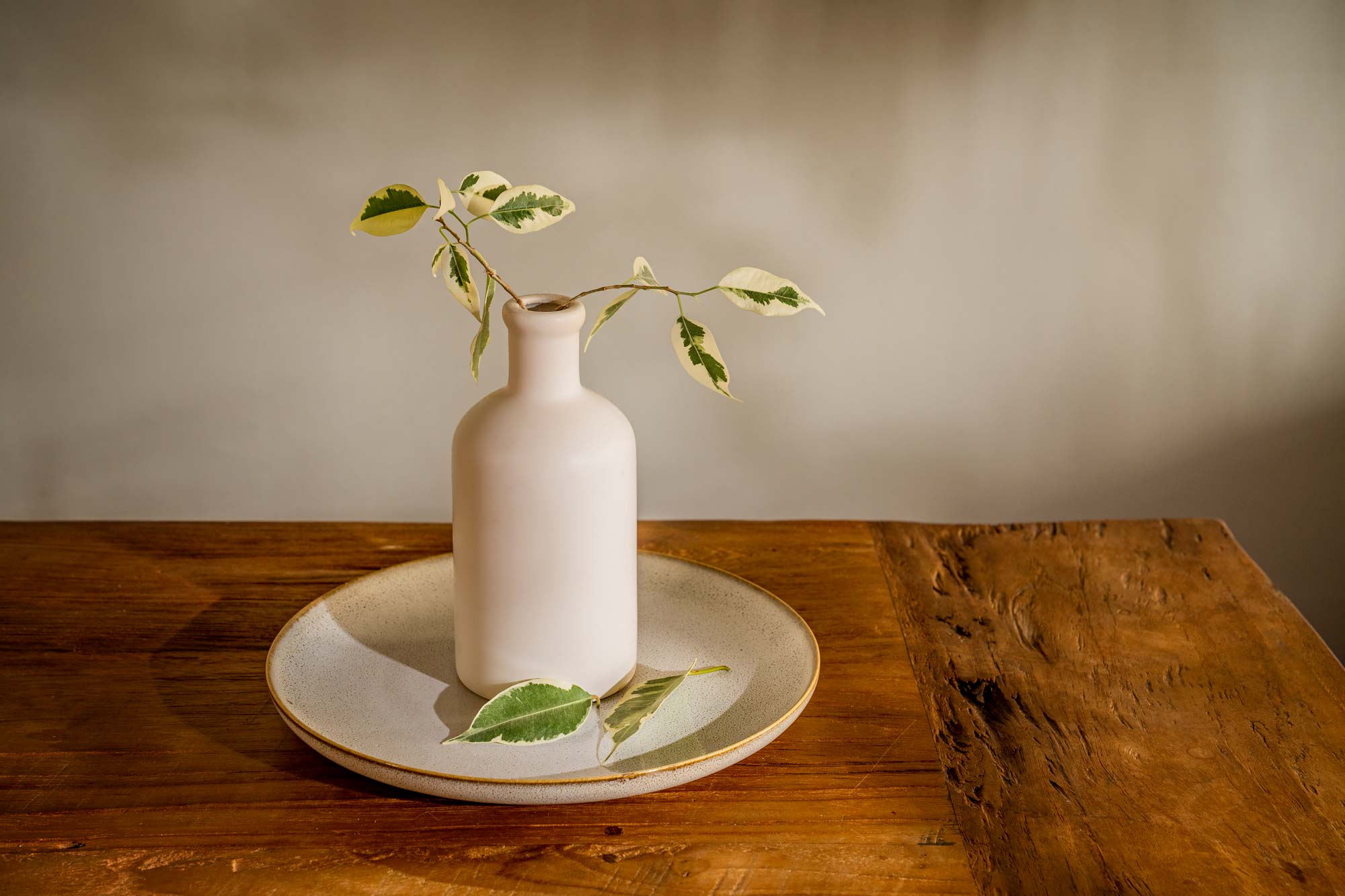
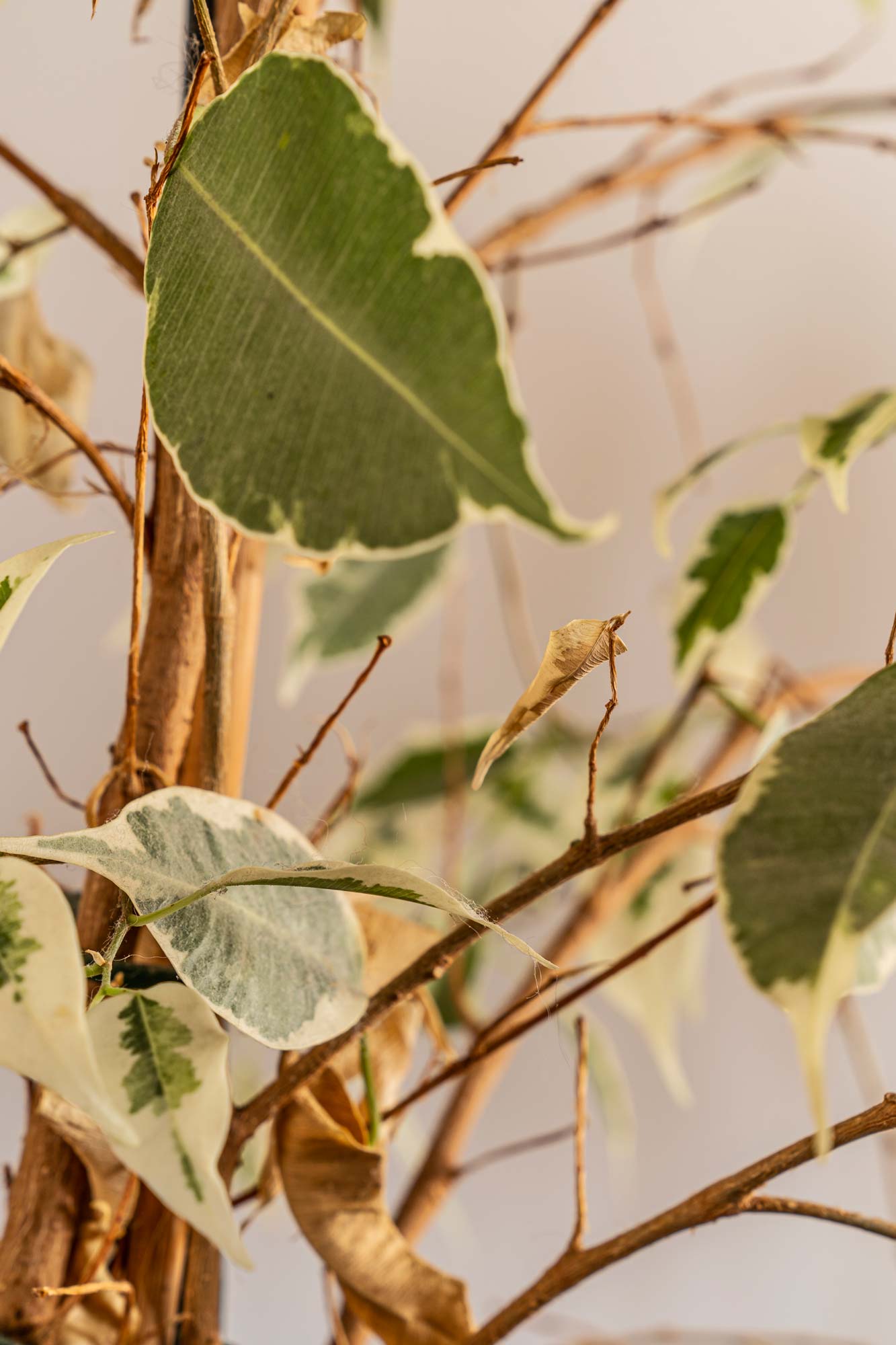
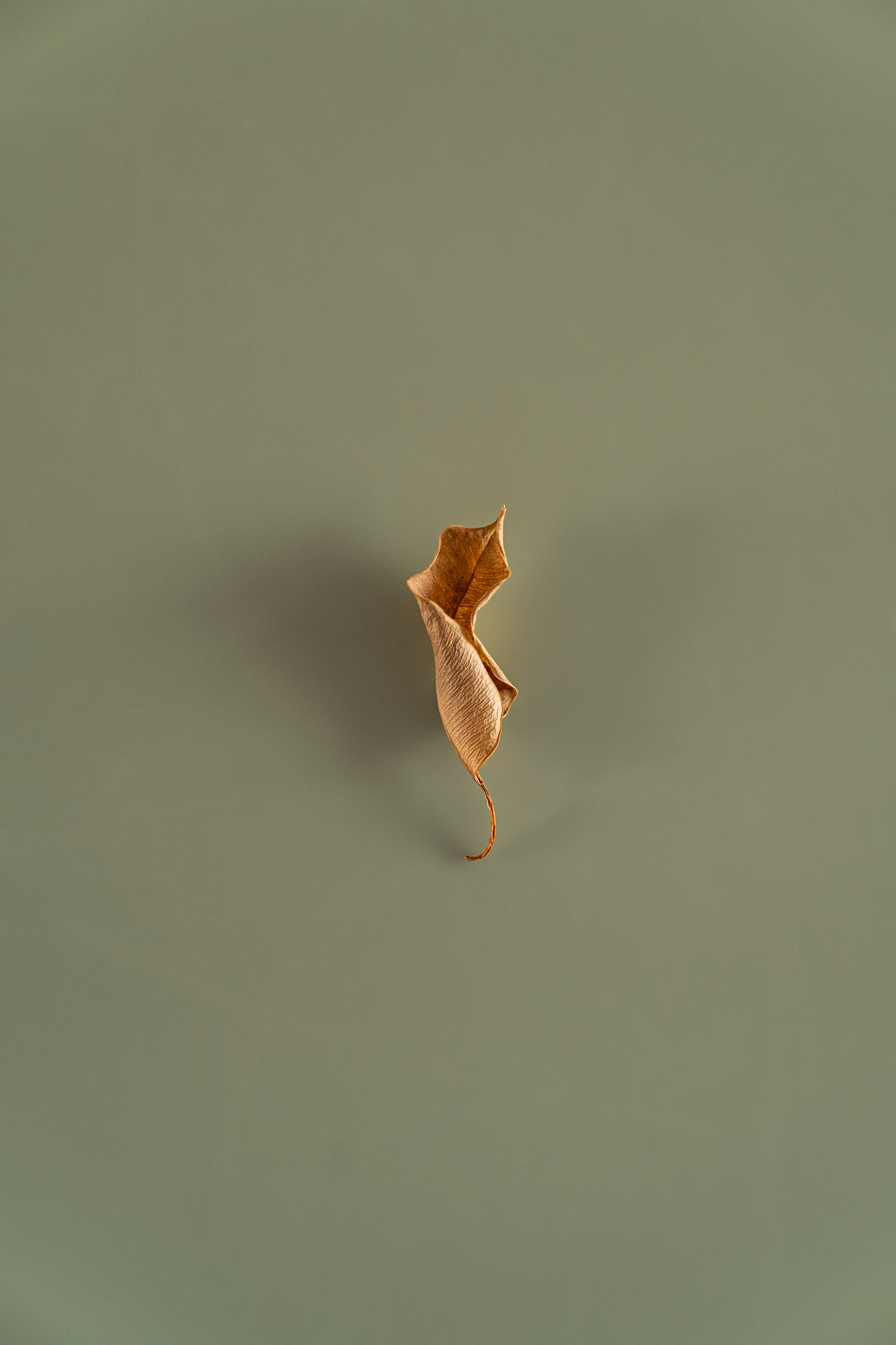
Weeping figs enjoy bright areas with a bit of sun and shade, so a spot near a west or east facing window should provide a good setting. Once in it’s place, let the ficus settle, and only move it if you have to. Benjamina’s are sensitive to colds and drafts so best not place it in areas with fluctuating temperatures. Make sure your pot drains quickly and well. The ficus dislikes soggy soil so be sure to water it less often during the colder months.
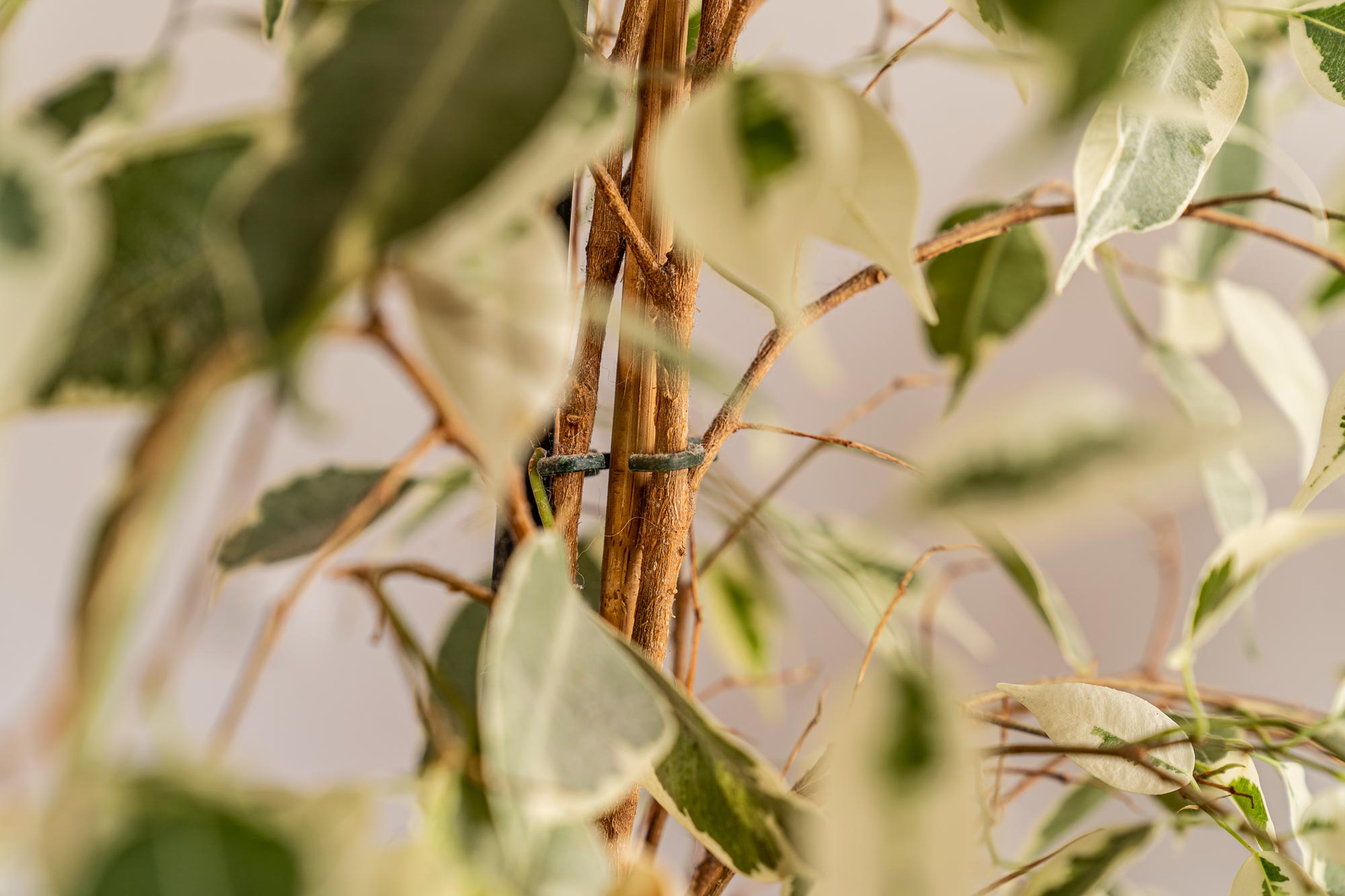
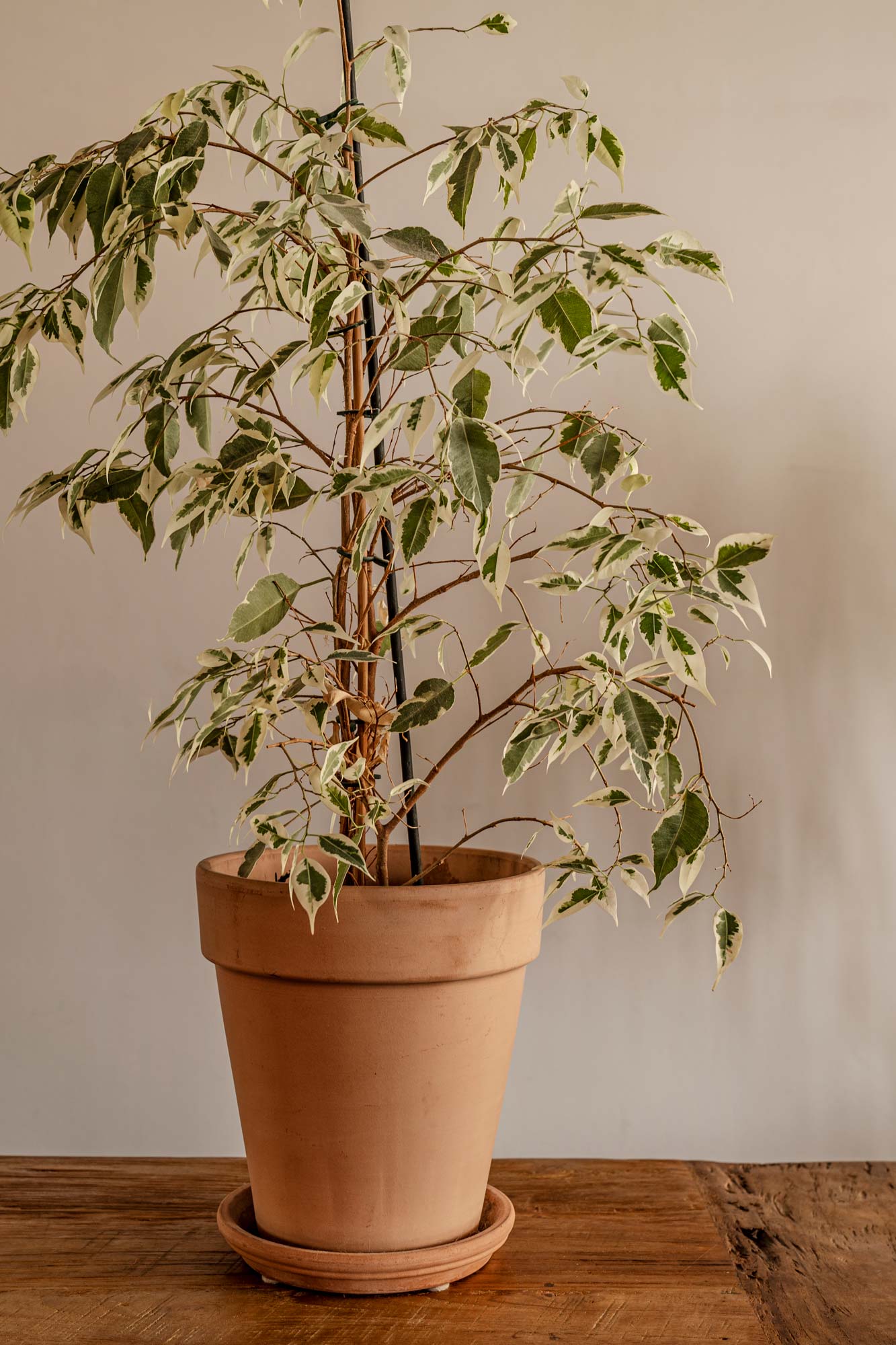
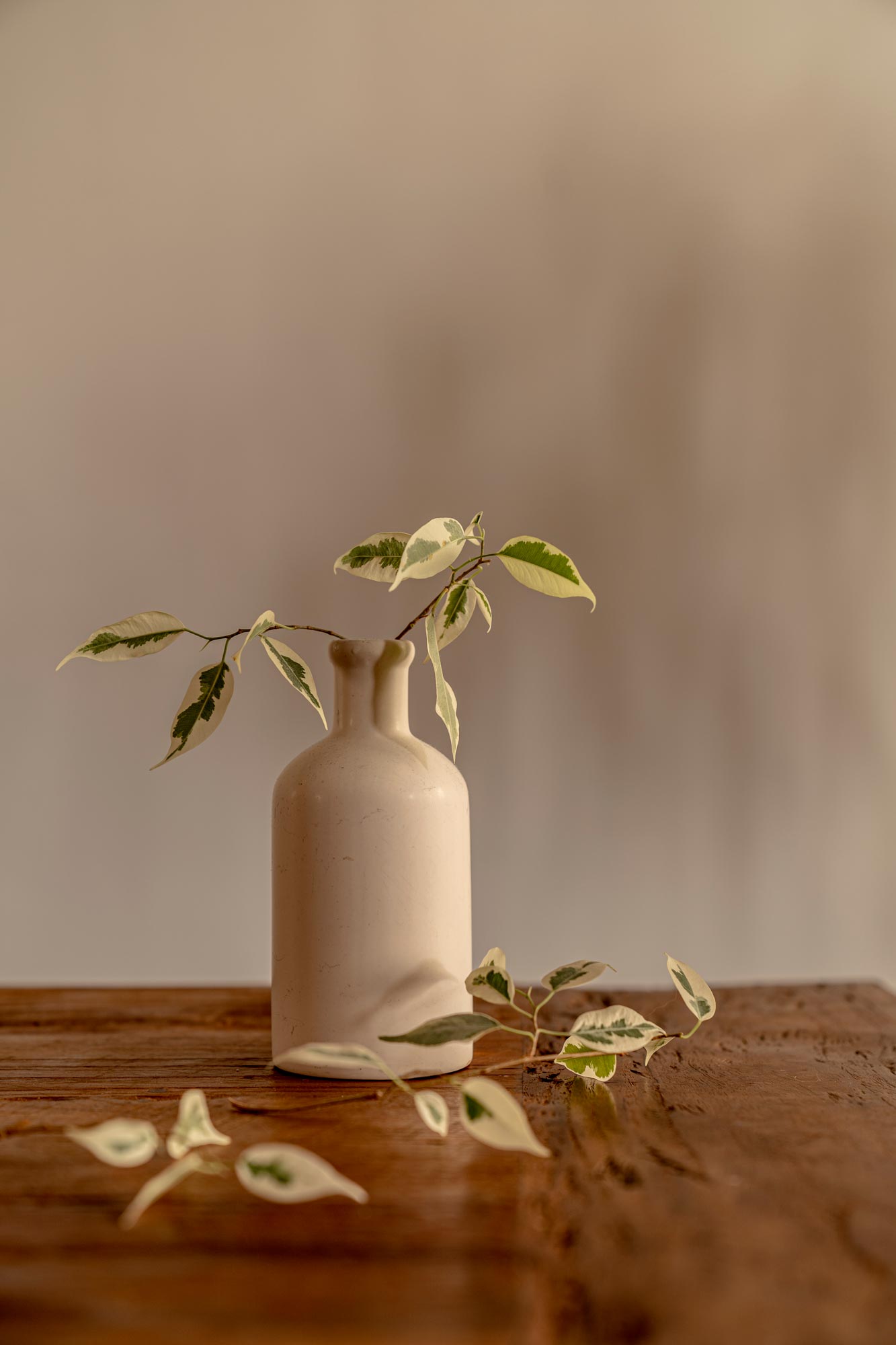
Benjamina’s are great company as long as you don’t expect them to move around very often. They will silently grow without any bother, and will look great doing so throughout the year.
Names: Weeping Fig, Benjamin Fig or Ficus tree
Family: Moraceae, native to Asia and Australia
Water: Moderate watering in Summer, less during Winter
Leaves dropping from over-watering: Fallen leaves fold easy
Leaves dropping from under watering: Fallen leaves are crispy
Soil: Fast draining soil mix
Prune: After Summer and before Spring
Toxicity: Mildly toxic to cats & dogs
Propagation: During Summer months by placing branch-cuttings into soil
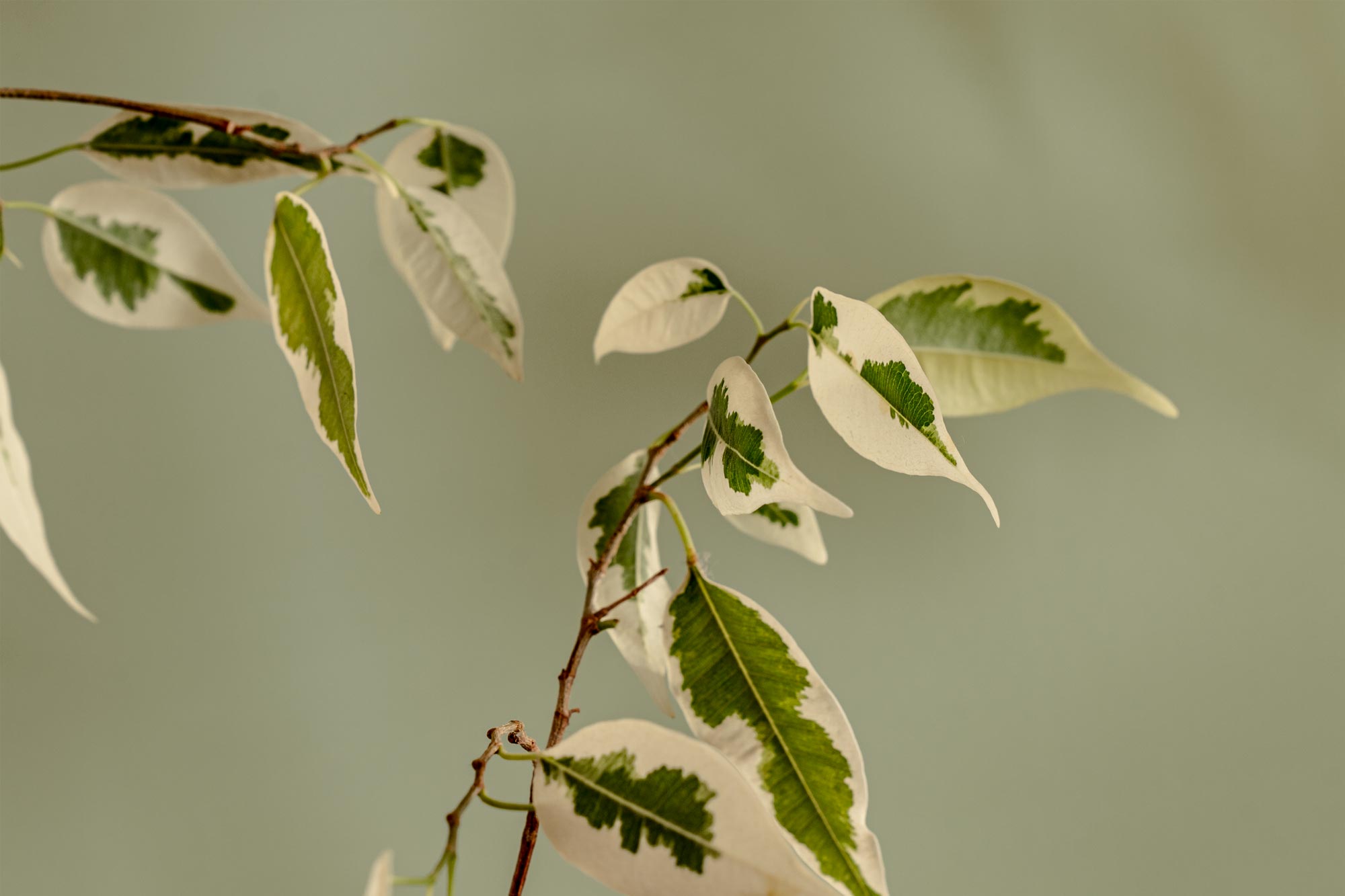
Text & Photography © Barbara Cilliers
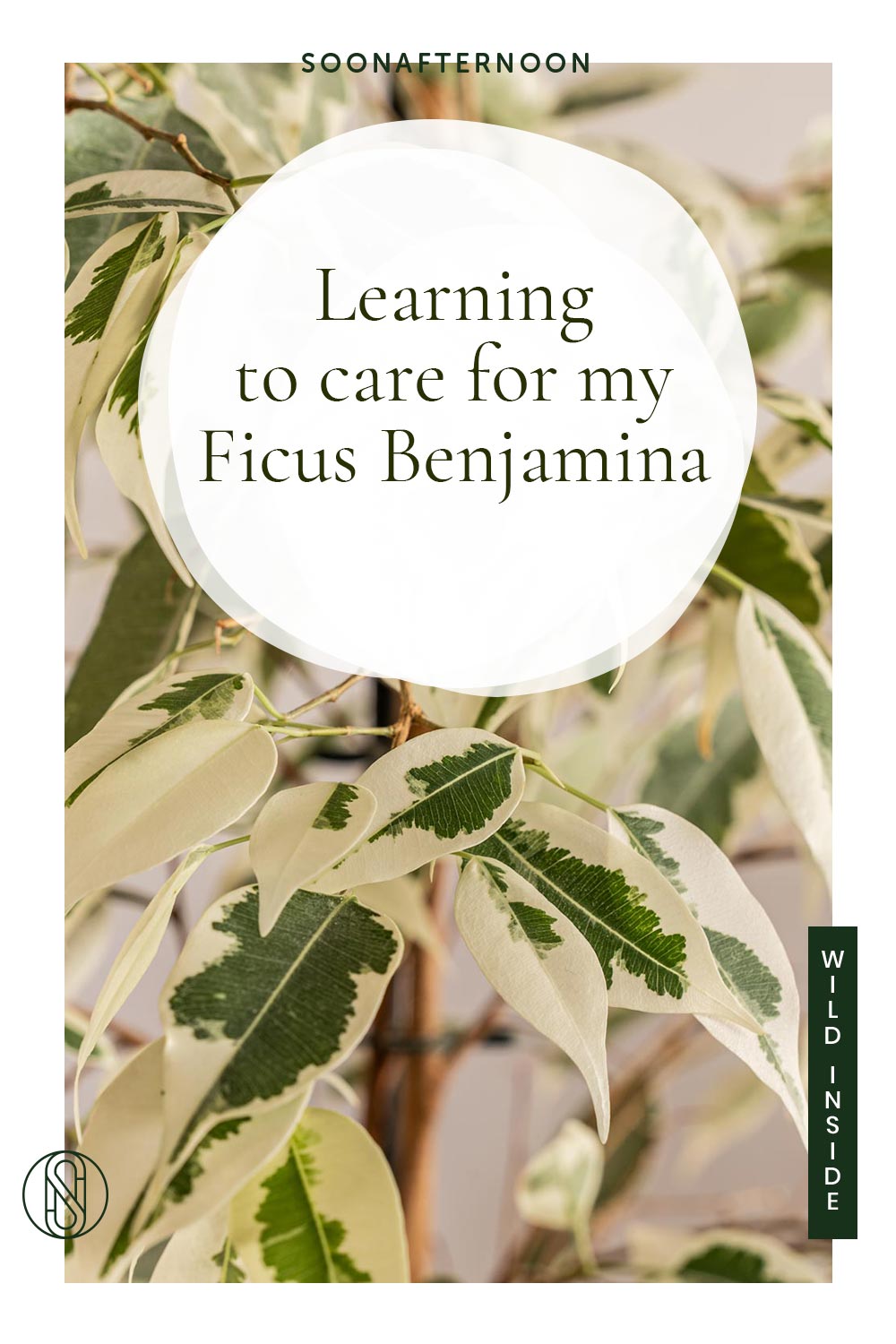
Wild about plants?
Sign up to the newsletter for inspirational content and more tips and tales of nature’s babies.

